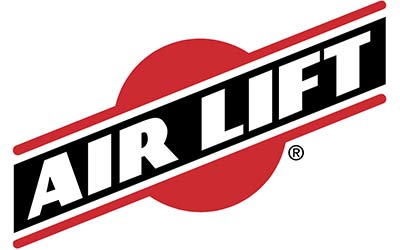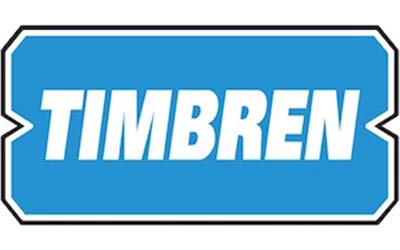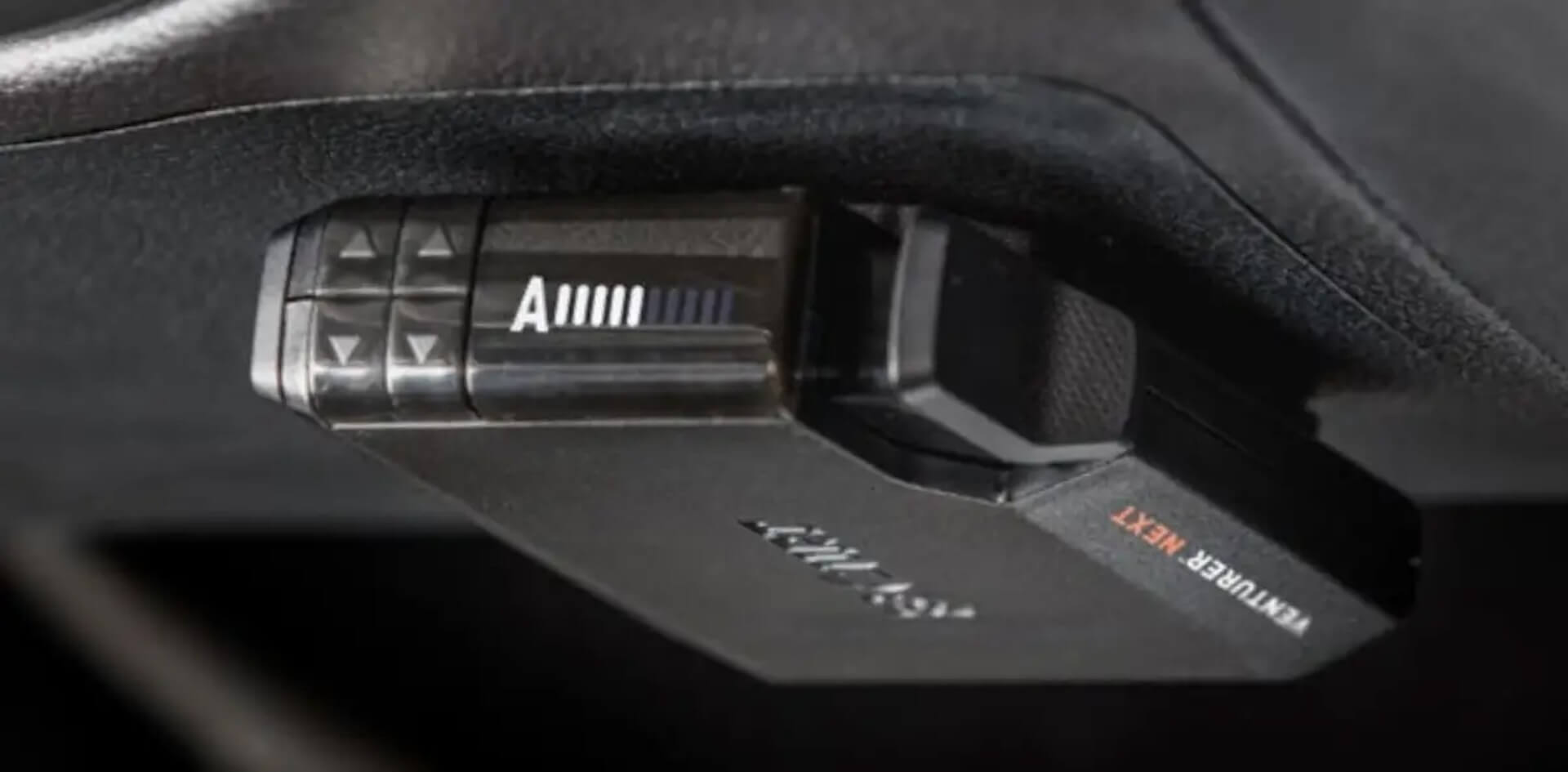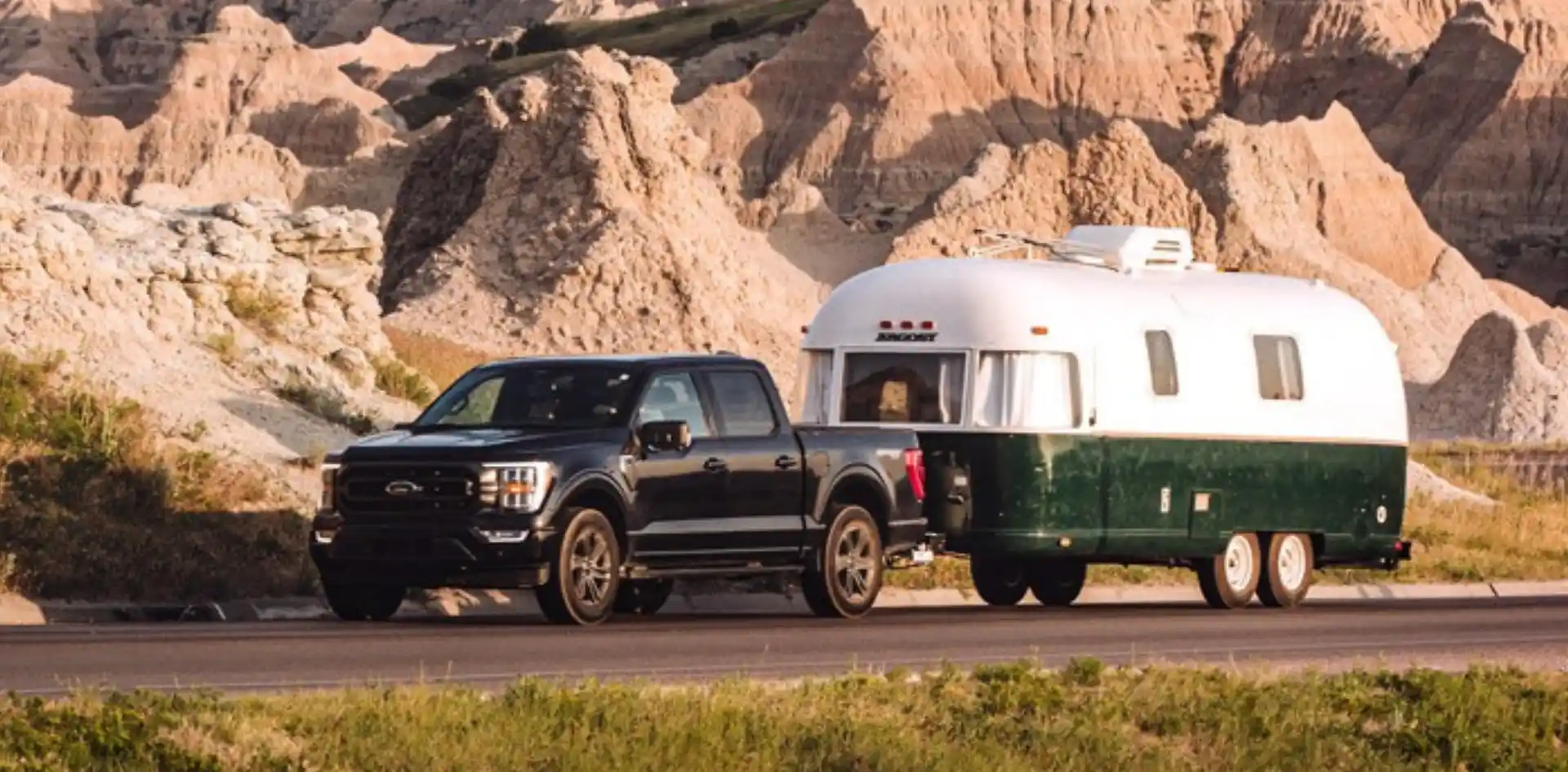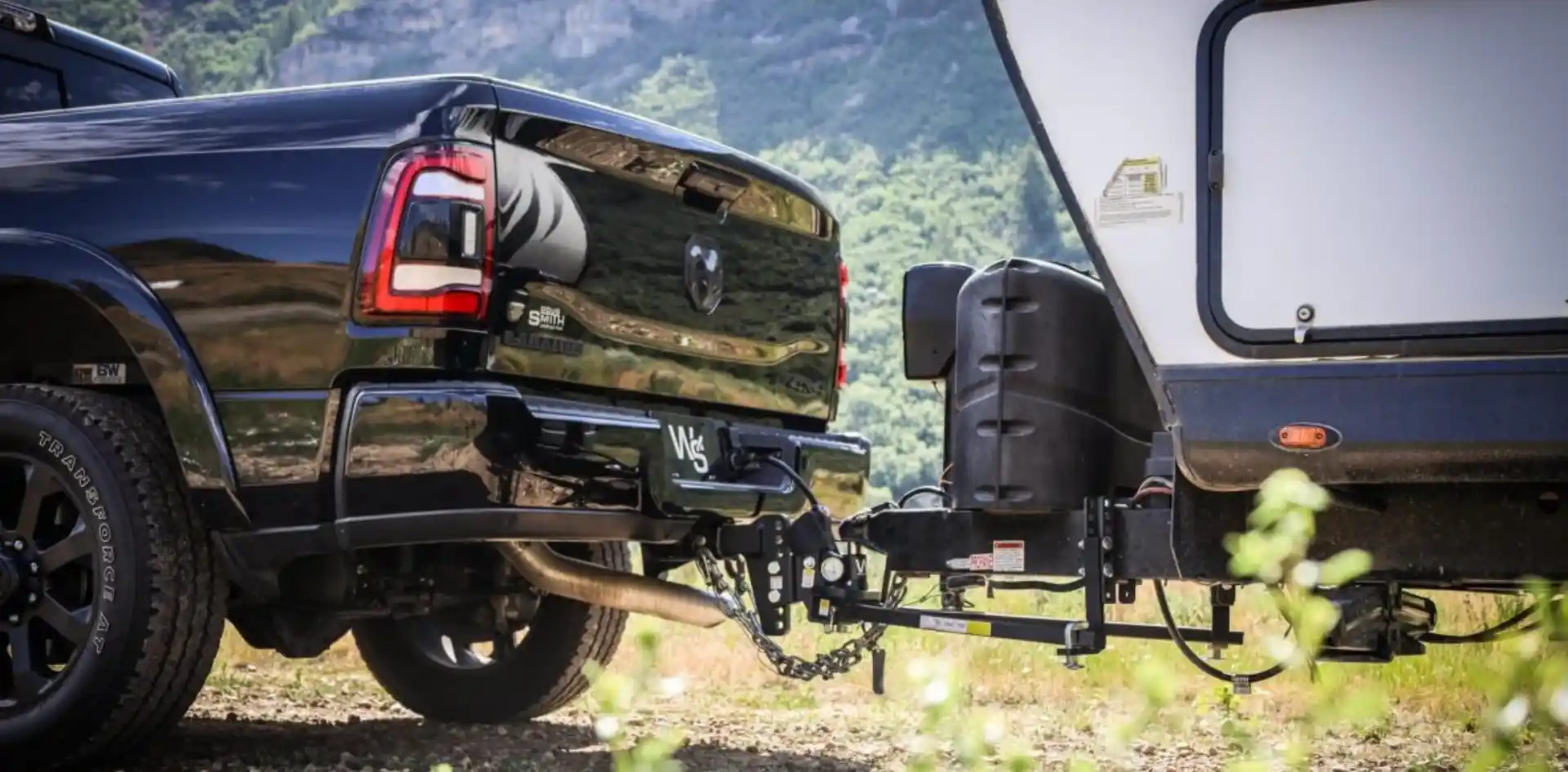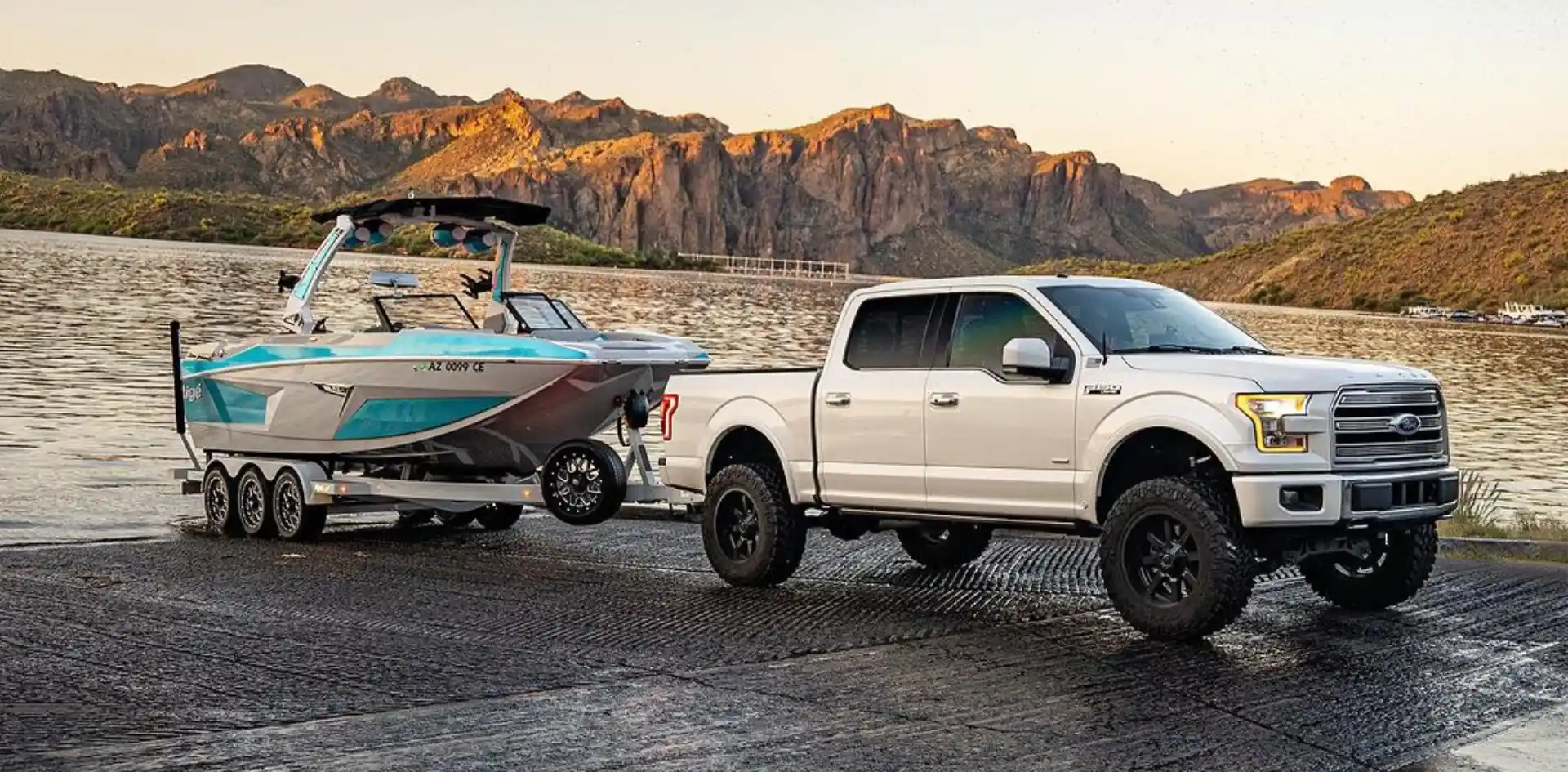CLOUD-LIKE COMFORT
Safer hauling, towing, and handling is here
Whether you’re navigating rough terrain or cruising down the highway, our suspension components ensure optimal handling and control, keeping you firmly planted on the ground. Take the first step towards smoother, safer, and more enjoyable travels with Meyer Truck Equipment.
REQUEST A QUOTE
Ready to gear up your truck with the best equipment in the industry? Request a free, no-obligation quote now.
GET STARTEDElevate your driving experience to new heights with our cutting-edge suspension and load-leveling solutions. Our top-of-the-line products are designed to enhance safety, comfort, and performance, ensuring that your journey is smooth and steady, no matter the terrain or payload.
Benefits of Suspension & Load-Leveling:
- Improved safety and stability
- Optimized load-leveling
- Enhanced ride comfort
- Consistent load distribution
- Reduced wear and tear on vehicle components
- Increased towing and hauling capabilities
We understand that every vehicle and application is unique, so we offer a range of customizable suspension and load-leveling options to suit your needs. From heavy-duty trucks to commercial fleets, our expert team will work closely with you to tailor a solution that meets your requirements, ensuring optimal performance and reliability. Elevate your driving experience with Meyer Truck Equipment.
Suspension
Experience unparalleled stability on the road with our advanced suspension systems. Engineered to absorb shocks and vibrations, our suspension solutions provide a cushioning effect, minimizing bumps and jolts for a smoother ride.
Air Ride
Air springs, also known as air suspension or airbags, utilize compressed air as the primary means of supporting the vehicle’s weight. These flexible rubber bellows are inflated or deflated to adjust the vehicle’s ride height and stiffness. Air springs offer several advantages, including:
- Adjustability: Air springs allow for precise adjustment of ride height, making them ideal for vehicles that frequently carry varying loads.
- Improved Ride Quality: By providing a cushion of air between the vehicle and the road surface, air springs offer a smoother and more comfortable ride, reducing harshness and vibrations.
- Improved Stability: By maintaining proper ride height and load distribution, airbags contribute to improved stability, handling, and braking performance, especially when towing or hauling.
- Load Support: Airbags are designed to assist the vehicle’s original suspension in carrying heavy loads, such as trailers, campers, or heavy cargo, by providing extra support and preventing rear-end sag.
- Customization: Air springs can be customized with different air pressures and configurations to meet specific performance requirements or preferences.
Spring Ride
Polyurethane (poly) springs are a type of suspension component made from polyurethane material, offering an alternative to traditional steel coil or leaf springs. These springs provide a unique set of benefits:
- Durability: Poly springs are highly durable and resistant to corrosion, making them ideal for use in harsh environments or off-road applications.
- Consistent Performance: Unlike metal springs, poly springs are not prone to sagging or fatigue, ensuring consistent performance and ride quality over time.
- Noise Reduction: Polyurethane material dampens vibrations and noise, resulting in a quieter and more comfortable ride compared to traditional metal springs.
- Lightweight: Poly springs are typically lighter than their metal counterparts, contributing to improved fuel efficiency and handling.
Air Compressor Systems
Air compressor kits are integral components of air suspension systems, providing the necessary air supply to optimize ride quality, load support, and overall performance of vehicles equipped with air springs or airbags.
Manual air compressors and onboard air compressors serve similar purposes in providing compressed air for various applications, however, there are key differences between the two:
Manual Air Compressors
Manual air compressors require manual operation to start and stop the compressor, adjust air pressure settings, and monitor system performance. Users must manually turn on/off the compressor and regulate air pressure using built-in controls or valves. They rely on external power sources, such as electricity or gasoline engines, to operate.
Onboard Air Compressors
Onboard air compressors are integrated directly into the vehicle’s chassis or installed in a dedicated compartment, such as the engine bay or undercarriage. They are permanently mounted and wired into the vehicle’s electrical system for convenient, on-demand operation, allowing for quick and easy adjustments without the need for manual intervention.

